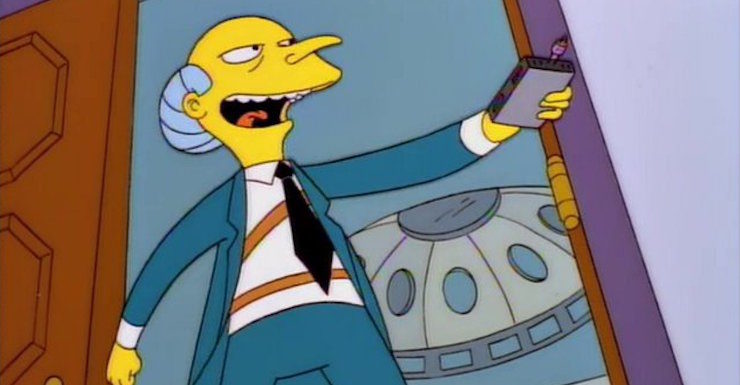And when he planned to steal our sunlight, he crossed that line between everyday villainy and cartoonish supervillainy.
—Waylon Smithers
What is it that makes a villain a supervillain? What quality is it that defines an antagonist as more than a threat, more than a foil? As something extraordinary?
The easy answer is that a supervillain is a villain with super powers, but that’s not a sufficient answer. If you name three supervillains off the top of your head, I guarantee you two of them have no powers at all. And there are many monstrous villains in fiction that have powers that still wouldn’t ever be considered a supervillain.
Similarly, we can say a supervillain must have specific accouterments—a costume, a nom de guerre, henchmen, a hideout—which is another way of saying that a supervillain must have a distinct, instantly recognizable aesthetic. They can have a costume, or a very specific fashion sense. Or their powers manifest in extremely specific ways. And, unlike superheroes, supervillains are often marked by some distinct physical characteristic: a scar, bald head, bleached skin, burned face, something that makes them stand out as immediately recognizable (um, no matter how poorly they’re drawn). And certainly that’s part of it, too.
But in the end, the truly defining feature of a supervillain is that they warp their world around themselves. Their presence, their actions, their choices change the rules of the story, raise the stakes, and make the heroes adjust to them rather than the other way around. This is why so many supervillains are masterminds. A rampaging monster can disrupt the status quo, but the ability to outplan and manipulate opponents can create an entirely new one.
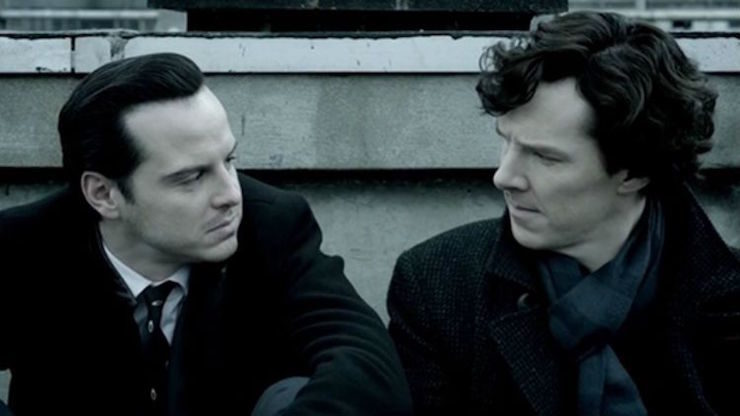
So a supervillain isn’t just powerful, a supervillain is uniquely powerful in their setting. A genius consulting criminal in a detective serial is a supervillain. A wizard bully in a wizard school is not. So a supervillain doesn’t just have a distinct style, a supervillain has a unique style. An Imperial Stormtrooper is instantly recognizable as a Stormtrooper, but indistinguishable from any other Stormtrooper.
And importantly, a supervillain must be motivated by more than just basic needs. They have to have goals that require them to change their world. Someone using phasing technology to steal food is hardly a supervillain. An agent of an oppressive regime is “just following orders” for their own survival. A supervillain, on the other hand, has no master, not even their own physical needs, other than their ambition. Even if they appear to work for someone else, a supervillain chafes at being controlled and constantly schemes to replace their boss.
In this way, to be a supervillain is to be a revolutionary figure. Even in cases where they have nominally won, where they rule a country or secretly run the world, they have some ambition to further their power, some plan that will change things even further to their advantage. To be a supervillain, you need to have a plot.
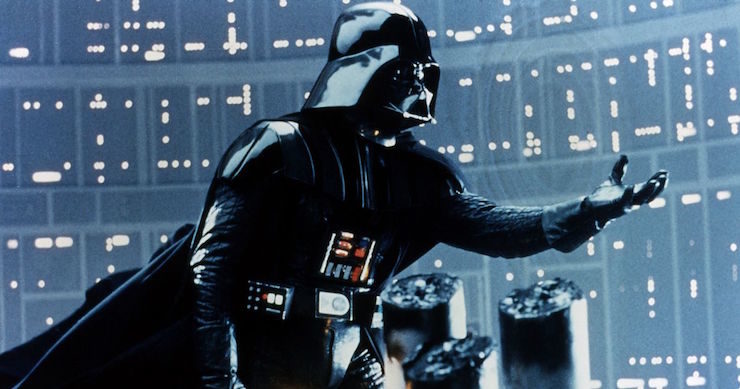
As such, there are some stories you just can’t tell using a supervillain. Stories about the banality of evil, exploring how systemic and institutional oppression overrides the morals and compassion of people, don’t work as well if the main antagonist is somehow particularly evil, particularly to blame, on an individual basis, for the problems affecting their world. And the supervillain’s unique style means superhero detective stories are usually pretty simple: if someone cracks open the first Gotham Bank with an overgrown vine, the list of suspects is going to be awfully short.
Still, this gives us a good rubric for dividing the villains from the supervillains: 1. unique powers or abilities; 2. unique visual style; 3. ambition to change their world. So Mr. Burns was already more powerful than anyone in Springfield, and he had a distinct look (thanks to literally being a cartoon villain), but he wasn’t a supervillain until he blocked the sun with a giant disk, something that would immediately and dramatically change the lives of everyone in his town.
Perhaps the greatest supervillain outside of superhero comics is Darth Vader. He has powers that are extremely rare in the galaxy (at least when he’s introduced in A New Hope), a nightmare-inducing visual and aural design, and he answers only to the Emperor, (a) who is also a supervillain that (b) Vader plans to overthrow, just the second he gets his kid on board with the plan.
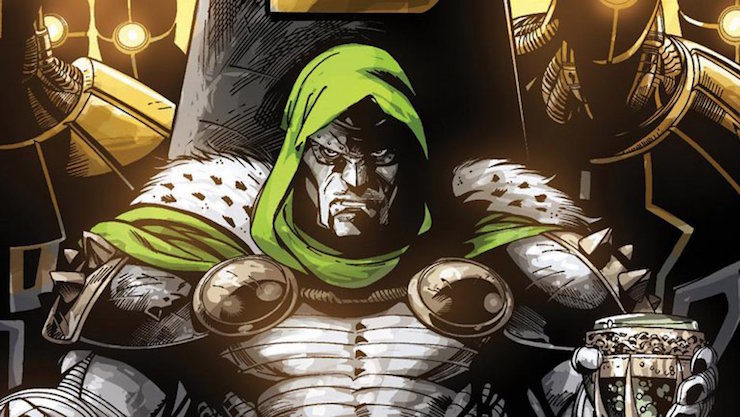
It makes sense that Darth Vader is a great supervillain, because he’s a palette swap of Dr. Doom. No, really. Vader has Doom’s full face mask and cape. Vader’s helmet has the same silhouette as Doom’s hood. He has the same combination of magic and tech powers. He has the same calm, disinterested demeanor failing to disguise his constant violent rage. He also controls an army, and remains more powerful than the forces that fight under him. He also surprises his enemies with lavish feasts. Vader was even once good friends with one of the heroes and now blames said hero for the horrific burn scars hiding behind his mask. Vader is Doom. Look into your heart, you know it to be true.
A good example of the distinction between a villain and a supervillain is the difference between Voldemort and Dolores Umbridge. Both are detestable sadists. Both have a distinct look; Umbridge likes pink, Voldemort has no nose. Both are powerful, both in a magical sense and in their control over others. But Umbridge, for all her cruelty, is an agent of wizard prejudice, an enforcer of the magical elite. She is happy to serve, easily manipulated, and more importantly, easily replaced by those that would use her. Voldemort, on the other hand, wants to rule the wizard and muggle world, forever, and goes to extraordinary lengths, even within in the world of Harry Potter, to achieve his all-consuming ambition.
Most Bond villains are supervillains. They have impossible (and impossibly complex) plans, distinct visual looks (Diamond skin! Metal mouth! Bowler hat!), and they operate independently of any government or business they themselves don’t control. (One of the oddities of Bond is that while James is an agent of the British crown, his enemies almost never work for another nation. They’re almost always independent operators, either working for their own self-interest or as mercenaries without any ideology whatsoever.)
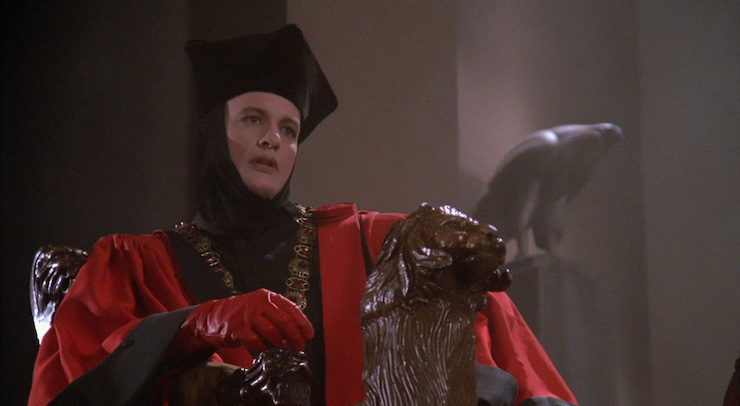
Getting away from movies, Star Trek has hundreds of villains, but only two supervillains: Q and Gul Dukat. Q, obviously, is Mr. Mxyzptlk from a dimension with fewer consonants. Gul Dukat starts out as an Umbridge-esque banality of evil villain, the face of an oppressive regime that indulged his base desires while inflicting cruelty. But when he declared vengeance on all of Bajor, became an emissary of the Pah-Wraiths, and started his own cult—well, he crossed that line, warping the whole conflict around himself.
Khan, on the other hand, is not a supervillain. Sure, he has distinctive pecs and super genes, but his actual goals are rather banal: a desire to protect his people and, failing that, enact revenge on the one man he holds responsible for their plight. He’s not trying to change the world, despite having a gun that can literally do that. I’m not saying he’s a bad villain—just that he’s not a supervillain.
Buy the Book
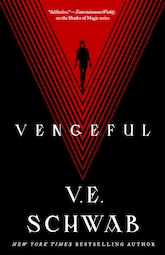

Vengeful
Other TV supervillains are The Master from Doctor Who, who has all the powers and lack of fashion sense that we expect of a Time Lord, but driven by the desire to remake all of time and space with her/him on top. The X-Files’ Cigarette Smoking Man and Game of Thrones’ Littlefinger are supervillains, puppet masters who move the plot along as if they were writers of the show. And on Buffy, the monsters of the week are, well, monsters, but only the Big Bads—who have grand, overarching plans, that require something more than a pointy piece of wood to the heart to be stopped—really rise to the level of supervillains.
While video games are full of villains—as their other name, bosses, implies—they’re usually already in charge, thus lacking in ambition, and therefore not revolutionary in nature. The exceptions come from RPGs, particularly Final Fantasy, where villains like Kefka and Sephiroth rise in power along with your progress, so that the actions you take to save yourself and your loved ones are small parts of their overarching plots.
And I really think gets to heart of the issue: all the costumes and powers and henchmen and creepy skull-shaped lairs in the world don’t make one a supervillain as much as one simple overriding idea: a desire to change to world and the willingness to do anything, nor matter how evil and no matter how impossible, to do it.
Steven Padnick is a freelance writer and editor. By day. You can find more of his writing and funny pictures at padnick.tumblr.com.










